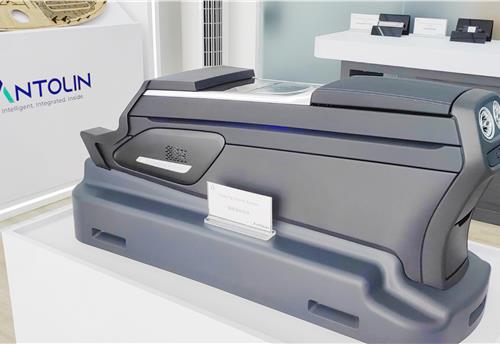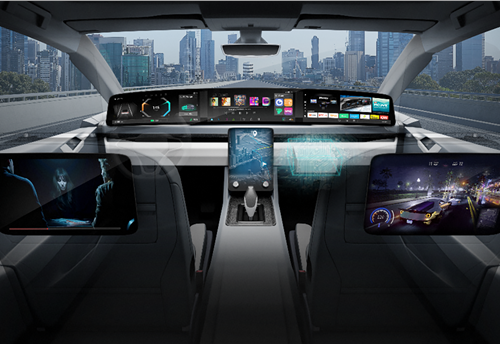Toyota develops new advanced safety research vehicle platform
New platform, developed by the Toyota Research Institute, expands sensor array and advances autonomous vehicle research
The Toyota Research Institute (TRI), a wholly owned subsidiary of Toyota Motor North America, has developed an autonomous test vehicle which expands sensor array and advances autonomous vehicle research.
The Japanese carmaker displayed its 2.0 generation advanced safety research vehicle at the company’s Prius Challenge event in Sonoma, California last week. The all-new test vehicle will be used to explore a full range of autonomous driving capabilities.
Toyota’s work on autonomous vehicles in the United States began in 2005 at its technical center in Ann Arbor, Mich. The company secured its first U.S. patents in the field in 2006. According to a report last year by the Intellectual Property and Science division of Thomson Reuters, Toyota holds more patents in the field than any other company.
“This new advanced safety research vehicle is the first autonomous testing platform developed entirely by TRI, and reflects the rapid progress of our autonomous driving program,” said TRI CEO Gill Pratt.
The system is computationally rich, focusing heavily on machine vision and machine learning. The layered and overlapping LIDAR, radar and camera sensor array reduce the need to depend too heavily on high-definition maps – especially for near-term systems which will be designed for use in areas where such maps don’t yet exist.
The platform is the second generation of the advanced safety research vehicle revealed to the public by Toyota at the 2013 Consumer Electronics Show. It is built on a current-generation Lexus LS 600hL, which features a robust drive-by-wire interface. The 2.0 is designed to be a flexible, plug-and-play test platform that can be upgraded continuously and often. Its technology stack will be used to develop both of TRI’s core research paths: Chauffeur and Guardian systems.
Chauffeur refers to the always deployed, fully autonomous system classified by SAE as unrestricted Level 5 autonomy and Level 4 restricted and geo-fenced operation.
Guardian is a high-level driver assist system, constantly monitoring the driving environment inside and outside the vehicle, ready to alert the driver of potential dangers and stepping in when needed to assist in crash avoidance.
“Basically, it is a smart vehicle designed to get smarter over time,” said Pratt. “It will learn individual driver habits and abilities and will benefit from shared intelligence from other cars as data gathering, sharing and connectivity technologies advance. We believe Guardian can probably be deployed sooner and more widely than Chauffeur, providing high-level driver-assist features capable of helping mitigate collisions and save lives, sooner rather than later.”
RELATED ARTICLES
Antolin unveils sustainable tech solutions at Beijing Motor Show
In line with its China market roadmap, Antolin is showcasing its latest advances in lighting, HMI, electronics, and sust...
Visteon wins $1.4 billion in new business in Q1 2024, launches 26 new products
Digitisation of vehicle cockpit megatrend is a key growth driver for Visteon with over $400 million of displays wins; Vi...
BMW uses Catena-X ecosystem using real-world CO2 data to enhance quality
Working together with partners and suppliers, the company has modelled a complete data chain for the first time using re...





 By Autocar Pro News Desk
By Autocar Pro News Desk
 06 Mar 2017
06 Mar 2017
 5906 Views
5906 Views









